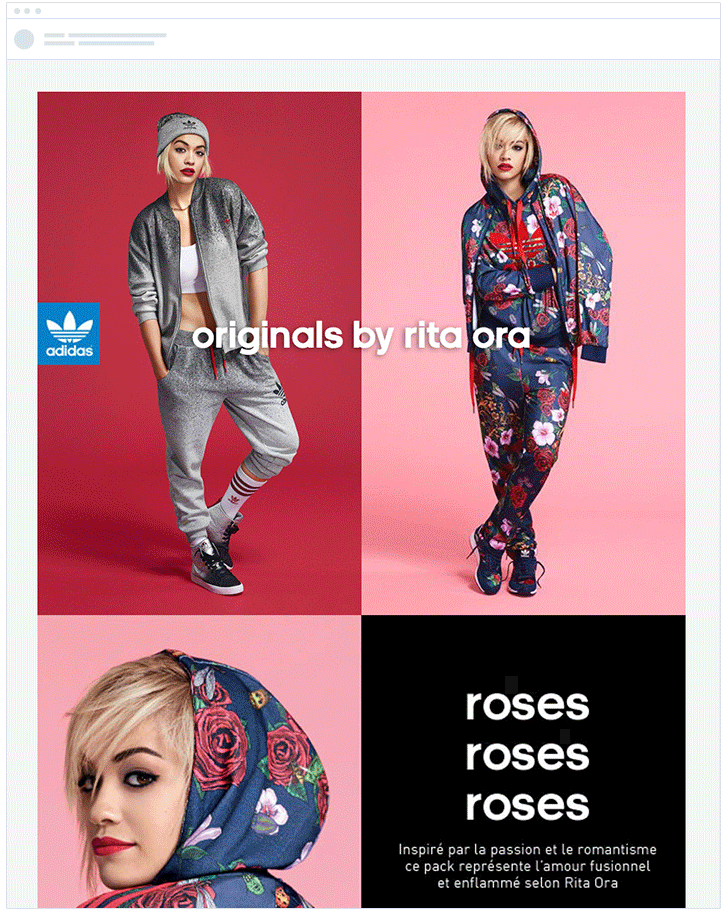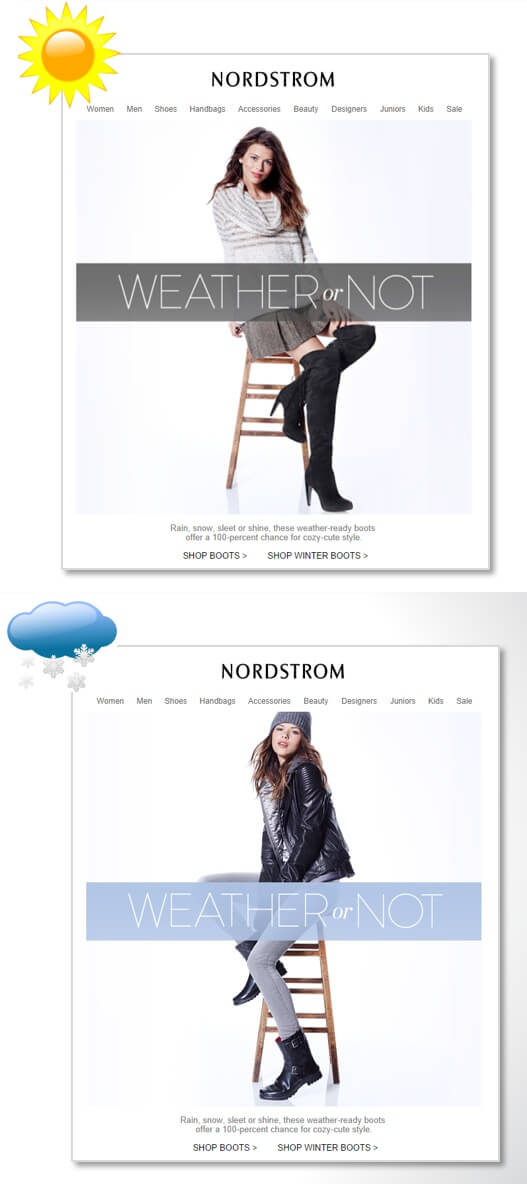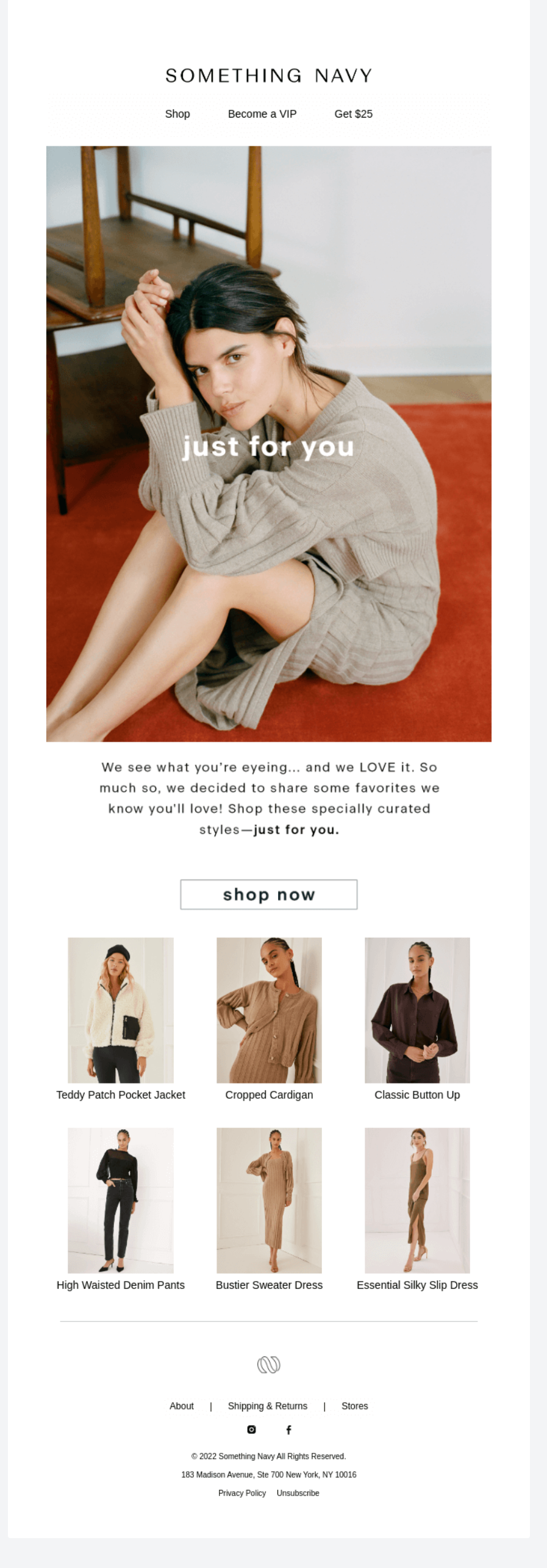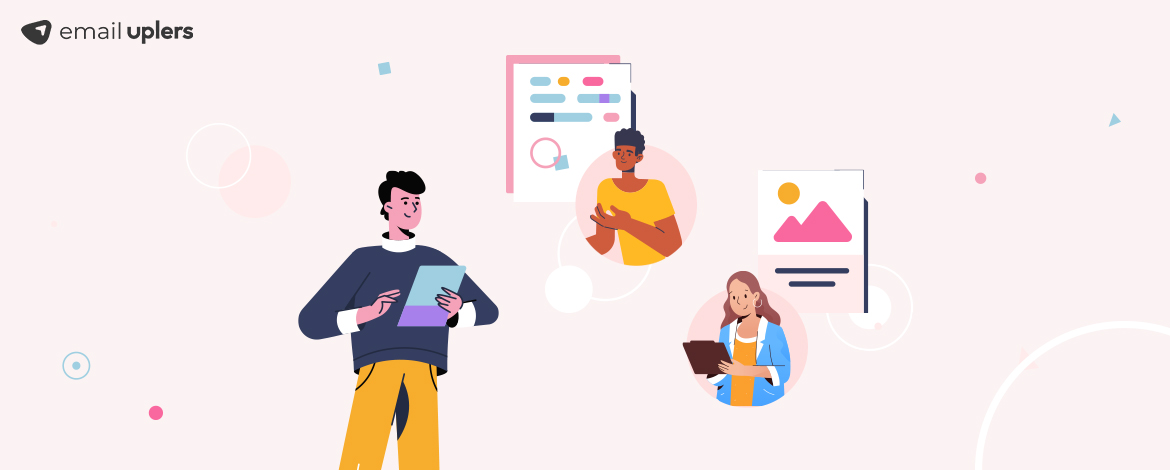With a deluge of new companies coming up with every passing day, the competition to grab the attention of your target audience is only getting steeper. In this scenario, with their inboxes getting inundated with a sundry of email campaigns, forging a relationship with your customers can seem to be an uphill task. The best way to rise above the crowd? Embrace personalization.
Now, what’s the first thing that comes to your head when you hear that word? Emails that begin with “Hey XYZ”, right? Before you feel compelled to incorporate the same approach in your campaigns, we’ll strongly advise you to do a double take. See, there’s nothing with that approach, but in 2023, it is extremely passe. We live in a time when data is an extremely potent currency. As a business, if you are not leveraging it to improve your customers’ user experiences, you’re definitely putting yourself behind the eight ball. Personalization, much like other marketing techniques, has become massively sophisticated over the course of the last decade. 60% of successful email marketers regard personalization as a highly reliable tactic to shoot up engagement. If you haven’t yet found yourself exploring its various nuances, now’s as good a time as any.
Today, we’ll be discussing in-depth 4 advanced personalization techniques that will make increasing your engagement and customer loyalty levels an absolute breeze. Ready to dive in? Let’s go!
1. Collect Data Mindfully
Personalization begins with data collection; that’s no secret. You’ll be told this by all agencies providing email marketing management services. Keep in mind that consumers these days are highly aware of how their information is used by brands, so you need to be quite mindful of how you go about collecting it. Once you’ve cracked that code, shift your focus toward collecting the right data using secure residential proxies. Don’t collect data simply because it is up for grabs; try and assess whether the information is relevant to your campaigns or not as well. Some common data points which businesses look to gather from their customers are: age, gender, preferences and interests, location, occupation, and the like. Rather than mining third-party data, which happens without the consumer’s consent, strive to collect zero and first-party data, which centres around much more honest and transparent means.
Curl to Python can help simulate user journeys and fine-tune data capture while respecting privacy rules.
Not sure what means you should employ to collect information from your audience? Check these out.
- Signup Forms: An impactful signup form is worth its weight in gold. Why? It helps you gather zero and first-party data with ease, thereby empowering you to build a stellar email list. Additionally, contacts that have been added through signups, engage better with your campaigns, bolstering your email deliverability in the process. Including incentives (could be anything- coupon, ebook, planner) in your signup form is a good way to amplify their appeal. The thought takes more ground when one takes into account the fact that as many as 60% of people fill out signup forms with the hope of receiving something.
- Recommendation Quizzes: Apart from being fun tools that engage your audience, recommendation quizzes also help you provide fascinating insights into your visitor’s psyche. Ubiquitous across eCommerce websites, it allows them to tailor incredibly personalized experiences for their buyers.
- Surveys: No matter what kind of business you are, having a thorough understanding of your customer’s pulse is always a priority. In this regard, surveys serve as your go-to ally. Information you collect via a survey enables you to identify existing loopholes in your products or services and resolve them at the earliest. In the process, surveys enable you to improve your customer experience by leaps and bounds. For best results, we recommend sending a survey to your buyers in the post-purchase period. Only after they have used their product, would they be equipped enough to provide feedback regarding its attributes and overall quality.
This survey email from HotelTonight ticks all the right boxes.
- Website and In-app Activity: Tracking visitors’ movements and interactions across your website and mobile application will help you glean volumes of invaluable first-party data. Having knowledge of things such as which pages on your website are most frequented, which products are most viewed, which price range is most sought-after, and the like will allow you to curate unique experiences for your visitors.
2. Segment, Segment, Segment
No two customers on your list will be the same. To be able to successfully appeal to their distinct sensibilities, you need to first understand all the various factors that set them apart from each other. This is where segmenting your email list comes in handy. Only when you divide your subscribers into different segments based on various parameters such as age, gender, occupation, location, browsing history, past purchases, and position in the sales funnel will you be able to get a grip on their unique traits and ideologies. Subsequently, you can get to work crafting personalized campaigns for each of these segments.
Listed below are a few things you can consider taking into account while practising segmentation:
- Define your segmentation goals at the outset: Every business has different objectives associated with its segmentation strategy. Some wish to amplify their content engagement, some look to enhance their deliverability, and some hope to dial up their sales. Hence, even before you draw up your segmentation blueprint, it is crucial to visualize the outcome you wish to see post implementing it. Ascertaining the “why” is also important, for it gives you a better understanding of the segments you need to prioritize in order to actualize it.
- Do not make things overly complicated: A convoluted segmentation strategy allows you to dig up insights that lay beyond a granular level, of course, but to set it up, you first need to build a solid foundation. So, start simple. First, define the most obvious and relevant segments and then keep on adding more sophisticated ones down the road as and when necessary.
- Remain flexible: Customer sentiment is an unpredictable entity, largely seasonal in nature. Your segmentation strategy needs to be flexible enough to accommodate this. Buying behavior during, say, Valentine’s Day, is going to be very different from that during Thanksgiving. The wise course of action, therefore, is to treat each occasion on its merit.

3. Use Dynamic Content
Adding dynamic content is one of the best ways of making your subscribers feel that you wrote an email just for them. For the uninitiated, dynamic content refers to a particular section in the email that can be customized to contain different content for different subscribers. In a world where customers give the experience they receive from the brand the same pedigree as their products and services, using dynamic content will allow you to perch your brand heads and shoulders above your competitors.
Utilizing merge tags is one of the simplest ways to place dynamic content in your emails. With their help, you get to import data from your mailing list directly into your campaigns. Based on the ESP you use, the appearance of merge tags might vary slightly. For instance, while in Mailchimp personalization strings are enveloped within “| |”, in SFMC, they’re kept within “%% %%”. Depending on the information in your database, you can get really creative with your usage of merge tags. What’s more, it is not necessary that you strictly confine them to your body copy alone; you can insert them in your subject lines and preview texts as well.
To shape your dynamic content blocks, you can make use of several kinds of data, including:
- Geolocation
- Past email interactions
- Past website interactions
- Past purchases
- Gender, race, and ethnicity
- Expressed preferences


4. Send Triggered Emails
Triggered emails refer to those that are sent automatically to subscribers corresponding to their activities and interactions. In essence, setting up triggered workflows allows you to send your customers the right message at the right time. It is no surprise, thus, that these emails experience tremendous engagement levels.
Some triggered emails which MUST be a part of your workflows are:
- Welcome emails: Besides letting you cast a formidable first impression, welcome emails are great for navigating new users through your brand, telling them about your USPS, and showcasing them your best-sellers.
- Order confirmation emails: Probably the most widely-recognized variant of triggered emails, order confirmation emails are critical for establishing your credibility and professionalism.
- Reminder emails: Got an upcoming sale or event coming up? Nothing better than setting up a reminder email workflow to ensure everyone on your list is made wise to it.
- Abandoned cart emails: Recovering lost sales is an art, with the proponent-in-chief being an exceptionally curated cart abandonment email.
- Retention emails: Few customers gone dormant? Lure them back in with an impactful re-engagement email that reminds them why they fell in love with you in the first place
Order confirmation email example from Haoma.
Cart abandonment email example from Something Navy.

Image source
Wrapping It Up
It takes a lot of discipline, rigor, and tenacity to firm your grip on email personalization. But once you get the hang of it, there’s no looking back. We hope the techniques used above have unlocked new personalization possibilities for you!





Rohan Kar
Latest posts by Rohan Kar (see all)
Expert Interview Series: Part 9
Using Inline CSS in HTML Emails- The Essential Guide